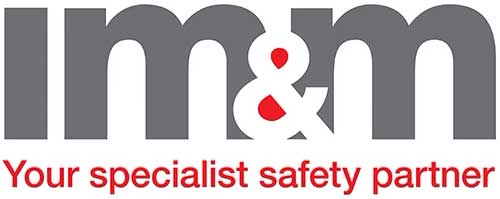Understanding SOLAS Marine Regulations and the Role of Gas Detection at Sea
In the complex and high-stakes world of maritime operations, safety is non-negotiable. One of the most critical international frameworks safeguarding lives and cargo at sea is the SOLAS Convention — short for the International Convention for the Safety of Life at Sea. Among its many mandates, gas detection plays a vital role in preventing catastrophic incidents on vessels, particularly those carrying hazardous materials or lithium-ion batteries used in electric vehicles.
🔍 What Is SOLAS?
Established and maintained by the International Maritime Organization (IMO), the SOLAS Convention sets minimum safety standards for the construction, equipment, and operation of ships. It applies globally and is enforced by flag states and port authorities.
While SOLAS covers a wide range of safety aspects, gas detection systems are especially important for:
-
Oil and chemical tankers
-
LNG and LPG carriers
-
RoRo vessels transporting electric vehicles (EVs)
-
Bulk carriers with fumigated cargo
-
Offshore service vessels
⚠️ Why Gas Detection Matters at Sea
Gas leaks can pose an immediate risk of fire, explosion, or suffocation. Whether it’s methane from LNG, hydrogen from EV batteries, or carbon monoxide from equipment malfunctions, undetected gas buildup can quickly escalate into a life-threatening emergency.
Common gases monitored onboard:
-
Flammable gases: Methane, propane, hydrogen
-
Toxic gases: Carbon monoxide (CO), hydrogen sulfide (H₂S)
-
Oxygen levels: To detect deficiency or enrichment
⚙️ SOLAS Requirements for Gas Detection
Several chapters of the SOLAS Convention outline gas detection obligations:
🔹 Chapter II-2: Fire Protection and Fire Detection
Requires the installation of fire and gas detection systems in cargo holds, machinery spaces, and enclosed compartments. This includes fixed sensors and alarm systems to alert the crew to dangerous conditions.
🔹 Chapter VI: Carriage of Cargoes
Mandates atmosphere monitoring for safe transport of potentially dangerous goods.
🔹 Chapter VII: Dangerous Goods
Specifies that vessels carrying hazardous cargo must be equipped with gas detection systems, including portable gas detectors for crew inspections.
🛠 What Does a Compliant System Include?
A SOLAS-compliant gas detection setup typically includes:
|
Component |
Purpose |
|
Fixed gas detectors |
Installed in high-risk areas like cargo decks, battery spaces, and engine rooms. |
|
Portable detectors |
Used by crew to inspect enclosed spaces before entry or during operations. |
|
Alarm systems |
Visual and audible alerts triggered when gas exceeds safe thresholds. |
|
Regular maintenance |
Systems must be routinely calibrated and tested for reliability. |
Let’s talk ship safety.
Reach out to our team for expert guidance on SOLAS compliance and onboard gas detection systems: sales@im-m.co.uk and click Here to view our range of Gas Detectors
